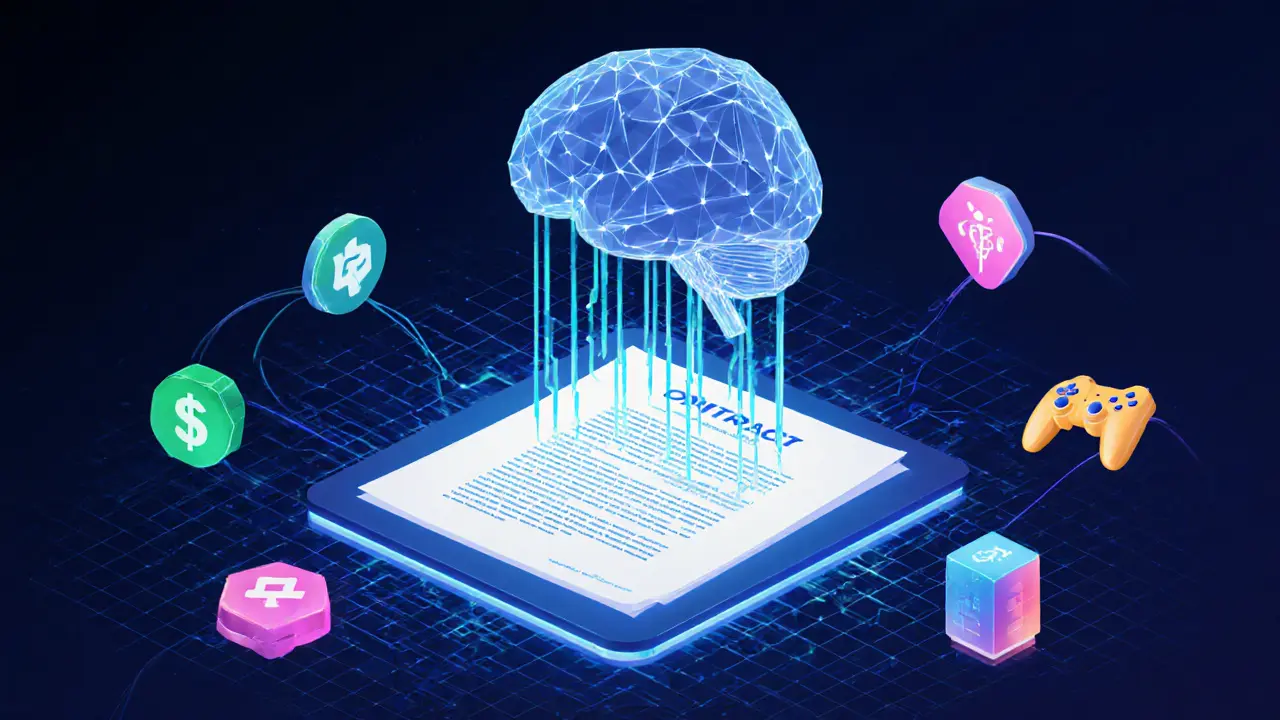Cross‑Chain Interoperability: How Blockchains Talk to Each Other
When working with cross‑chain interoperability, the ability of separate blockchain networks to exchange data, assets, and functionality. Also known as inter‑blockchain communication, it lets users move value without needing a central exchange, cuts transaction costs, and opens new DeFi opportunities.
One of the main ways this works is through cross‑chain bridges, software that locks assets on the source chain and mints a corresponding token on the destination chain. Bridges act as translators, ensuring that a Bitcoin deposited on Ethereum appears as a wrapped BTC token that can be used in smart contracts. Another key player is Polkadot, a multi‑chain network that uses parachains to share security and enable seamless communication. Polkadot’s shared‑security model means each parachain can trust the relay chain, creating a unified ecosystem where assets flow freely. Similarly, Cosmos, an ecosystem of independent blockchains linked by the Inter‑Blockchain Communication (IBC) protocol focuses on modularity; each Cosmos‑based chain keeps its own consensus while still talking to others via IBC. These three entities—bridges, Polkadot, and Cosmos—together form the backbone of modern interoperability, allowing developers to build cross‑chain DeFi apps, NFT marketplaces, and tokenized real‑world assets.
Why It Matters for Traders and Builders
Cross‑chain interoperability enables users to access liquidity across multiple ecosystems without swapping on centralized platforms, reducing slippage and exposure to custodial risk. It also requires robust security audits because a single bridge hack can jeopardize assets on several chains. Interoperability protocols influence price arbitrage opportunities, as price discrepancies appear between wrapped tokens and their native counterparts. For developers, understanding how Polkadot’s relay chain, Cosmos’ IBC, and various bridge mechanisms work is crucial for designing smart contracts that can trigger actions on another network. This knowledge shows up in our collection below, where you’ll find in‑depth reviews of crypto exchanges that support cross‑chain trading, analysis of token projects built on interoperable frameworks, and guides on using tools like IPFS for secure NFT metadata across chains. Ready to see how these concepts play out in real‑world projects? Dive into the articles that follow for actionable insights, risk assessments, and step‑by‑step tutorials.

Explore how AI, cross-chain tech, and DAOs are shaping smart contracts for dApps. Get market insights, technical trends, implementation steps, and future outlook.
- Read More
